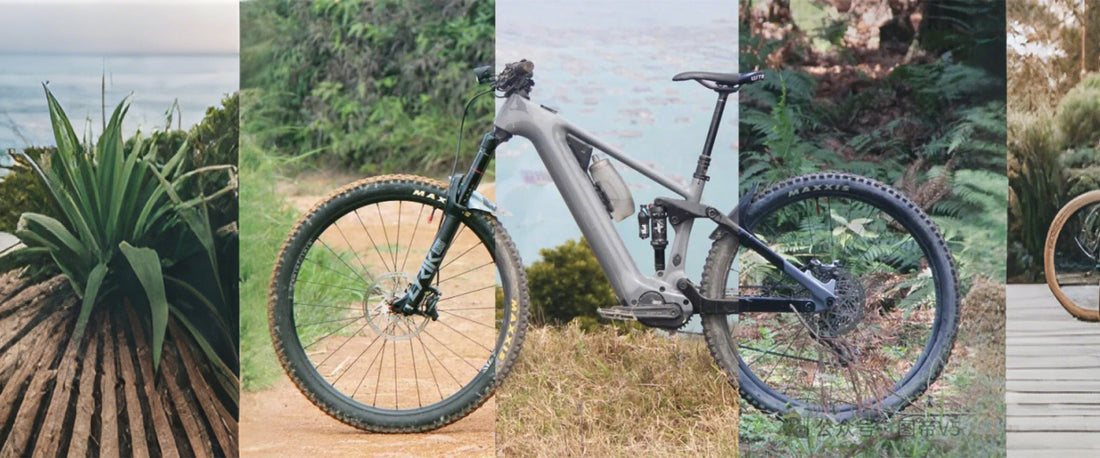
Disassembly of BAFANG M820
Share
Overview
The author has ridden this CEF50 electric mountain bike off‑road for over 1,000 km (see: “CEF50 emtb”). The Bafang M820 mid‑drive motor still performs well, but a “clack‑clack” noise when descending has become more pronounced. To find more, the author fully disassembled the motor.

Disassembly Procedure
1. Remove the crankarm
• Use a crank puller to extract the splined crank from the bottom bracket spindle.
2. Withdraw the motor assembly
• Unbolt the crankarm, disconnect the wiring harness, and slide the motor out of the frame.

3. Remove the chainring
• Employ an eight‑point socket tool to turn the chainring bolt clockwise and unthread it.


4. Open the motor housing
• Using a 4 mm Allen wrench, undo the four screws securing the motor cover.

• Lightly tap the outer shell with a rubber mallet to break the seal.

• Pry apart the halves of the housing, taking care not to tear the rubber gasket.
5. Disconnect internal connectors
• Within the housing, unplug the five electrical connectors that bridge the two shell halves.

6. Extract the planetary gears
• There are three gear stages inside. Grip two of them by hand and pull straight out to remove all three at once.
Inspection & Findings
-
Waterproofing & Lubrication
The internal grease was still clean, and seals appeared intact—confirming excellent waterproofing. -
Wear & Damage
No visible wear on the gear teeth. All components looked in good condition. -
Noise Source
The “clack‑clack” originates from the chain’s slack causing the chainring to spin backward slightly, which in turn engages and releases the internal metal gears, producing repeated impacts. The hollow carbon frame cavity amplifies this sound. Similar noise has been noted on Shimano EP8 units.
Temporary Mitigation
-
Relubrication
Applying fresh grease between the gear stages reduced—but did not eliminate—the impact noise.
Long‑Term Solutions
-
-
Quieter Gear Materials
Replace the steel or brass gears with low‑noise PEEK polymer gears. -
Tighter Gear Tolerances
Minimize internal gear backlash to reduce collisions. -
Alternative Drive Systems
Consider belt‑drive designs (e.g., Specialized’s Brose‑driven motors) for inherent quietness—though belt drives can be less robust in muddy, off‑road conditions.
-

